I’m sure there have been many an iconic verse throughout the annals of history, dedicated to trees. Keats, possibly, Wordsworth, inevitably and Shakespeare almost certainly. I’ll be honest, I did think about searching ‘trees and Wordsworth’ in Google in order to bestow a deceitful intelligence upon myself and provide a nice opening sentence for this blog post on trees. But I haven’t, and I probably wouldn’t have understood it anyway.
“You’re so beautiful….like a tree” – Flight of the Concords (2007). As the esteemed musical icons suggest, trees are beautiful. As I stare into my garden on a drizzly Sunday, I see the dainty pink blossom that has erupted from the cherry plum Prunus cerasifera, the elegant white petals of a neighbors blackthorn Prunus spinosa and a shower of plump yellow catkins, dangling on the hazel Corylus avellana. Though remarkably early, these features remind us that Spring is near and the days are getting longer. Wonderful.
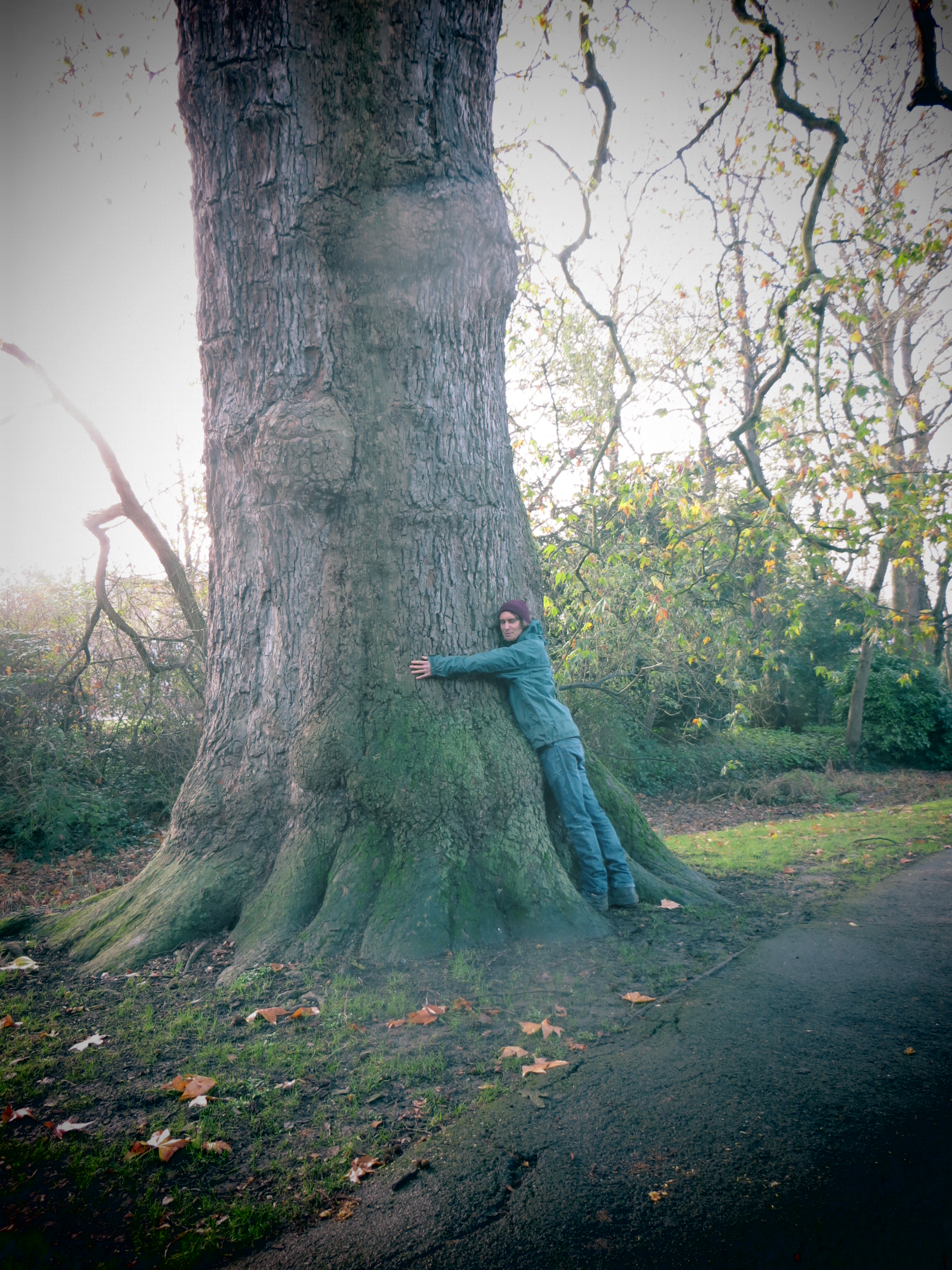
http://www.suttonguardian.co.uk/news/9386804.When_trees_go_to_war___debate_rages_over_the_tallest/
Ecosystem Services
Trees are not just lovely to look at of course, they provide numerous functions that are absolutely essential to our existence, functions termed ‘Ecosystem Services’. Of course, trees absorb carbon dioxide for photosynthesis, generate sugars for growth, and as a by-product release oxygen, oxygen that we can use to breath.
Additionally, in light of the recent flooding, there’s been a plethora of column inches dedicated to the roles trees can play in flood prevention, which is also backed by science. If this isn’t enough, studies have also suggested that trees can reduce the amount of harmful toxic particles in the air, (such as the one produced from our exhausts) as a result of their large porous surfaces. Still not enough? How about their role as natural air conditioners? Through providing areas of shade and the process of evapotranspiration (the equivalent of trees sweating), there is a thought that trees have the potential to cool our surroundings. Further still, as well as cooling our bodies, trees can also cool our minds. According to a study carried out by the Forestry Commission, there was a significant difference in the mean ‘mental wellbeing’ of tenants with high tree cover, when compared with tenants from a negligible tree cover. Similarly, patients recovering in hospital, recovered on average a day faster when their ward had a tree visible to them. And of course, trees play a critical role for wildlife, providing sources of foraging, nesting, breeding and shelter. Moreover, it seems fair to suggest that trees are important.
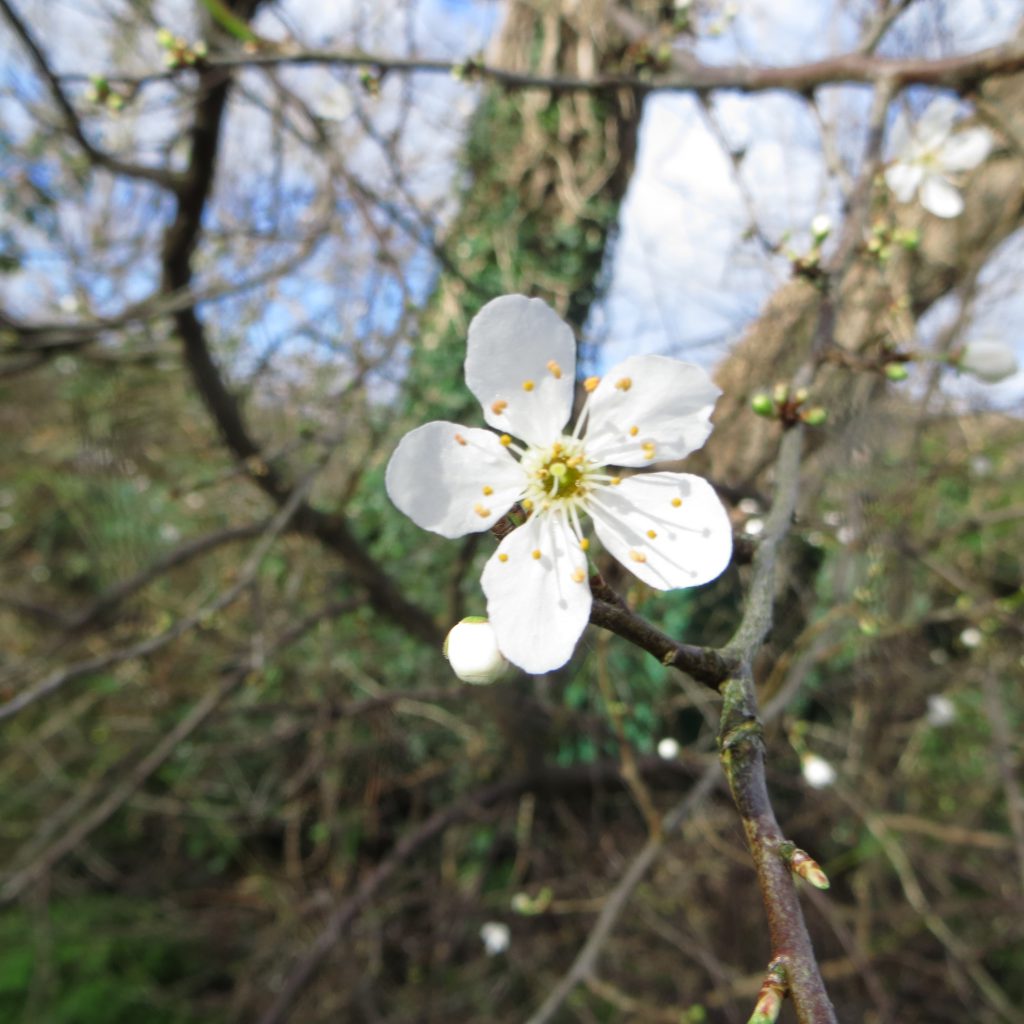
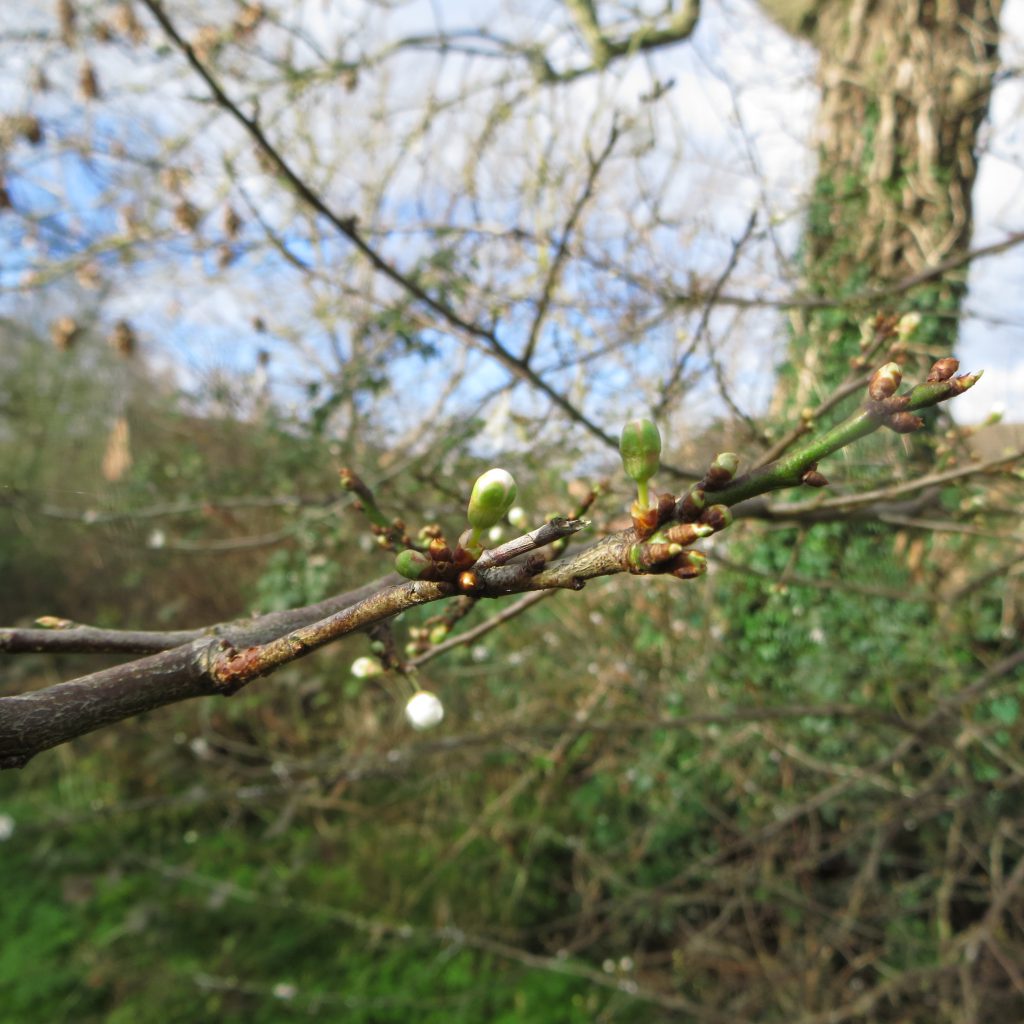
Trees and the SNCV
As of late trees have constantly preoccupied my mind. In fact, I think I have been directly involved with trees almost daily in 2016, whether that be with the SNCV, or practicing Vrksasana on Tuesday and Friday evenings .
With the SNCV, we began the year hedge laying at Anton Crescent Wetland (ACW). From a conservation point of view, hedgerow is an incredibly important habitat, and is essential for 47 species of conservation concern in the UK. Hedgerows act as corridors for the movement of populations and have the potential to increase the connectivity of populations from one habitat to another. Further still, creating hedgerow improves the structural heterogeneity at ACW. As a result, there is greater niche, resource and shelter availability, which should in theory attract a greater scope of wildlife. Resource and niche availability is further improved through hedge laying, as reducing the canopy cover will allow more sunlight to penetrate the understorey, which may benefit a greater diversity of ground flora.
By jove hedge laying is a skill! Thankfully, we had our hedgemaster, Sutton’s Biodiversity Officer Dave at hand. Our hedgerow consisted of a range of native species, hazel Corylus avellana, field maple Acer campestre, blackthorn Prunus spinosa, ash Fraxinus excelsior and hawthorn Crataegus monogyna. Once ‘pleached’ (carefully thinning the tree to an angle where it will lay flat, yet not tear away from the trunk), our trees were delicately laid as we completed a fantastic, native hedge.
With hedge laying over, we have moved into the woodlands, Oueen Mary’s and Ruffett and Bigwood. Thinning trees plays a vital role in conservation. Where areas are too shaded as a result of dense canopy cover, trees have been selectively thinned in order allow greater light to radiate the woodland floor. It is hoped, the this extra sunlight will benefit the wildflowers in the understorey, in particular species such as dog violet Viola riviniana, dog’s mercury Mercurialis perennis and bluebells Hyacinthoides non-scripta. In these woodlands, there is an abundance of ash Fraxnius excelsior and sycamore Acer pseudoplatanus, which is where most of our thinning was focused. Within the years to come, it will be fascinating the monitor the process of the extra sunlight!
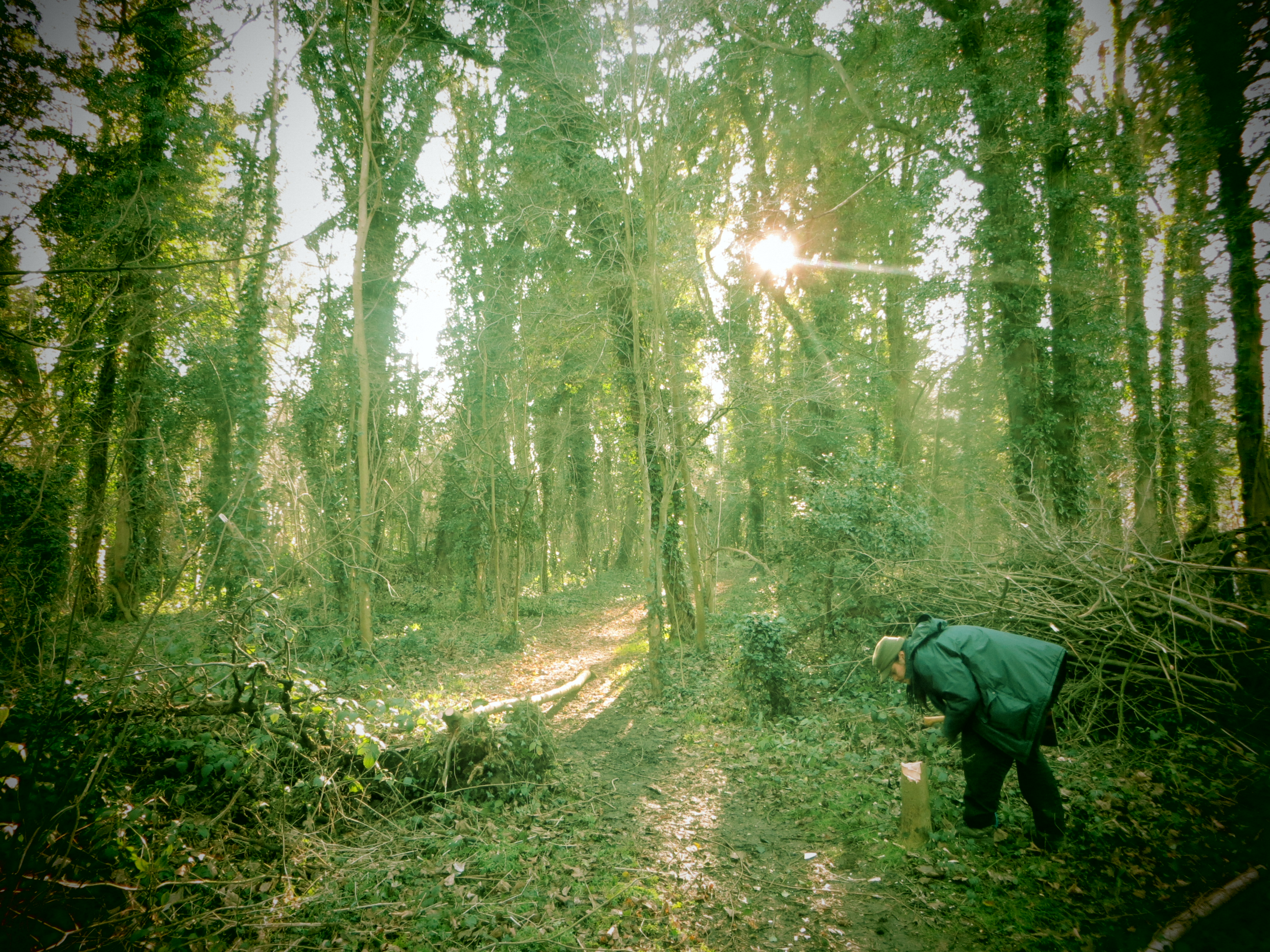
Having enjoyed this work greatly, it has dawned on me that my tree identification is relatively embarrassing, especially with a title of ‘Biodiversity Assistant’ entrusted upon me. And so, with this woeful knowledge and with the help of two other SNCV volunteers (Adam and Alison), we have been tasked with mapping the trees of Sutton. We are literally putting trees on the map.
Referred to as the ‘Barc de Treeumph’, the three of us walk around Sutton, recording any tree species in a public space. With the information, Sutton Council’s Tree team can place some sort of value on their sites, whilst the SNCV have a greater understanding of the diversity, and conservation attributes of areas across Sutton. And most importantly, we’re learning how to successfully identify trees. Black buds, most definitely ash. Large green buds, sycamore. Hmmmmm, very small buds, black in colour, small hairs, blooming hec is that an elm, Ulmus spp.? I think so. What about this one, quite a corky bark, small hairs, very small buds, black in colour. Oh, is it in an another elm?
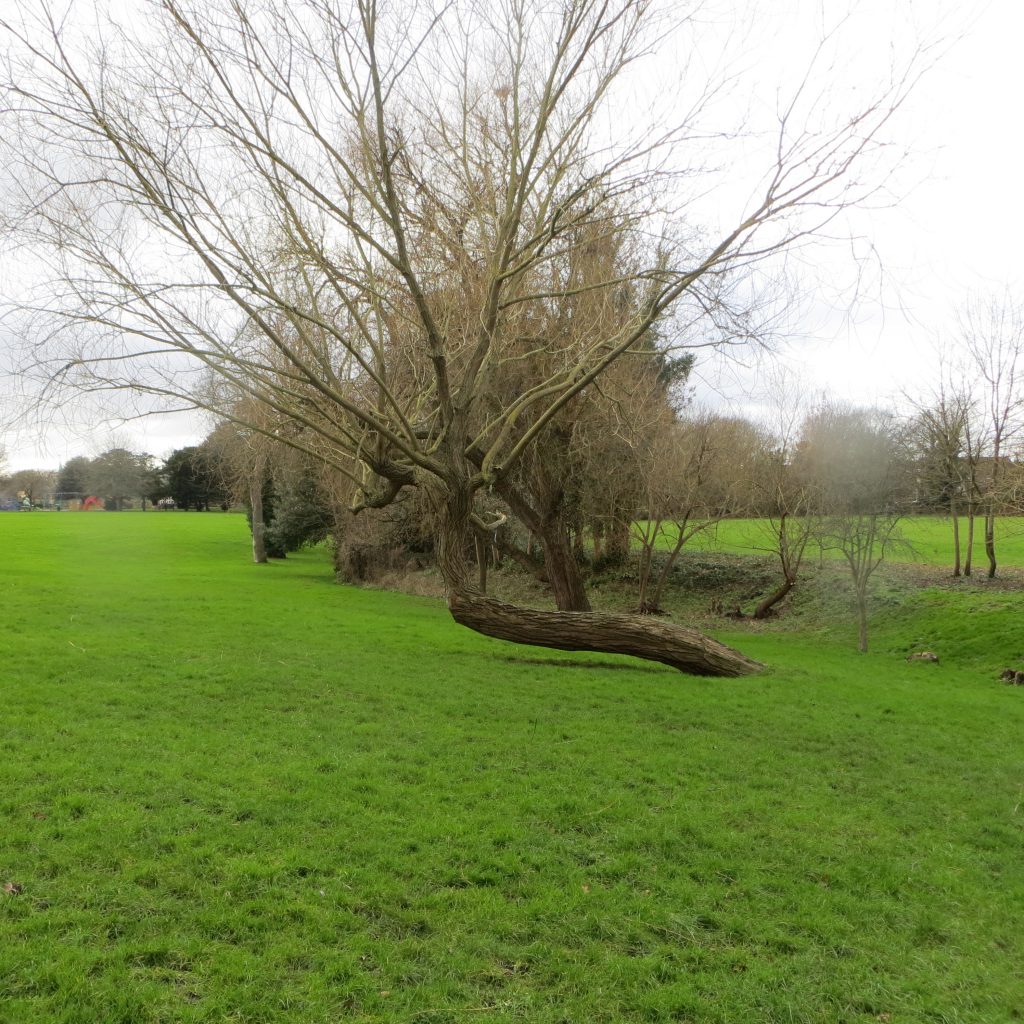
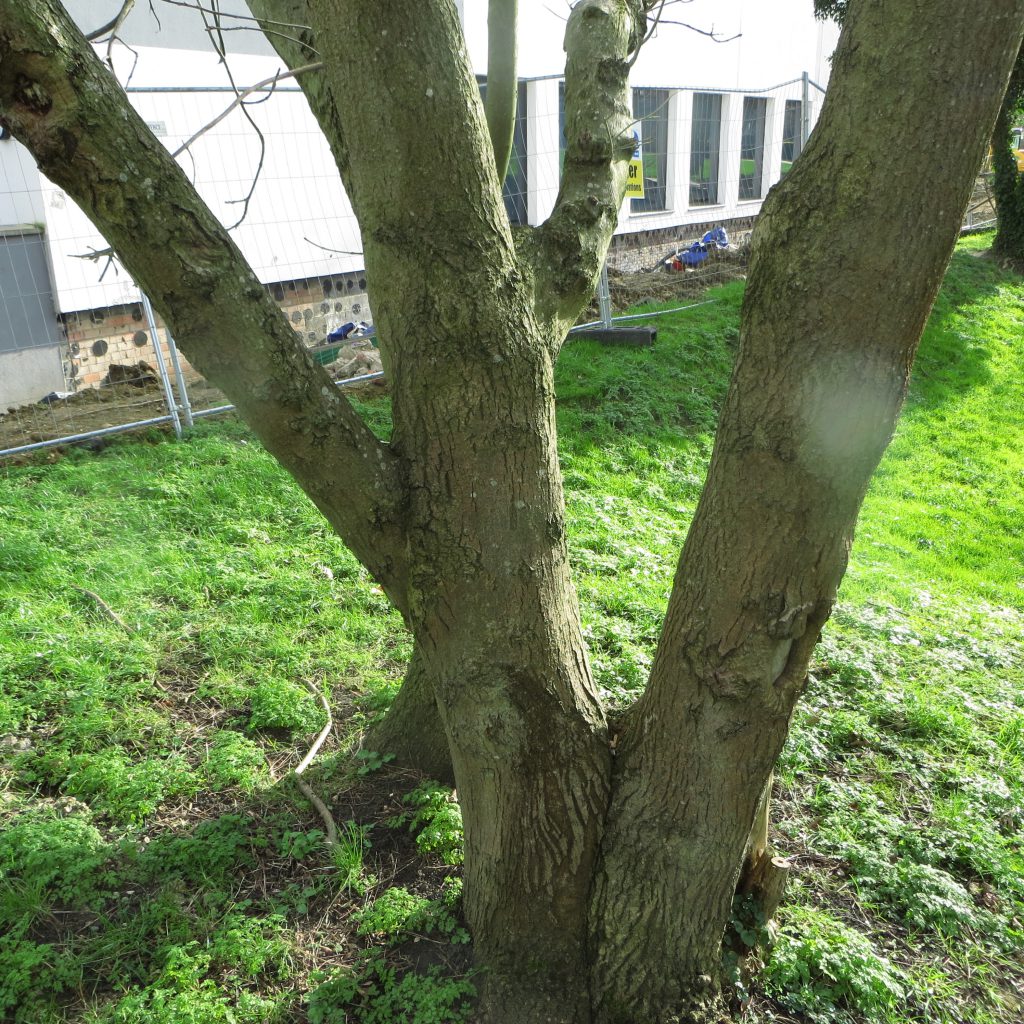
I scored 8/10. http://www.theguardian.com/environment/2015/oct/01/can-you-identify-the-uks-most-common-trees
Importantly, Sutton’s Biodiversity Officer Dave, is hosting a Winter Id tree training day (which he’s probably put on for me), and promises to be an excellent and knowledgeable event! So do book on, and get identifying.








February 5, 2016 at 11:00 am
Another brilliant blog Joe =D